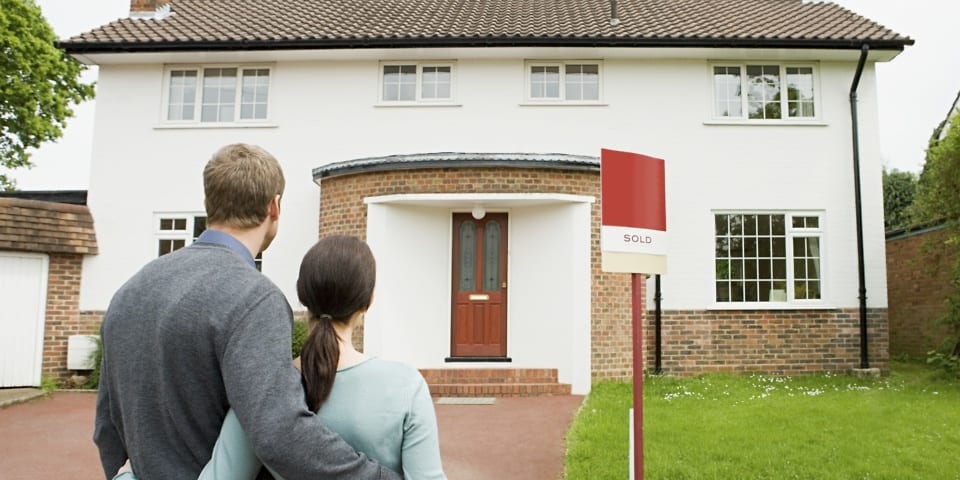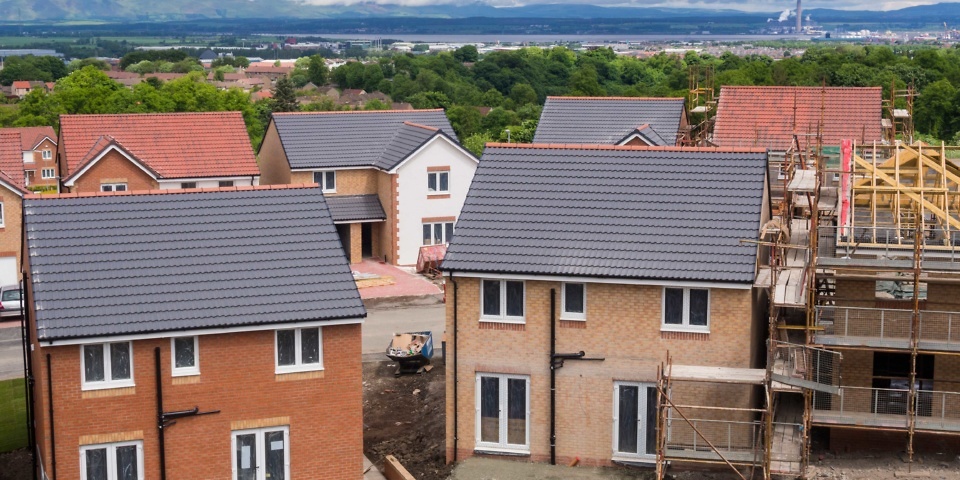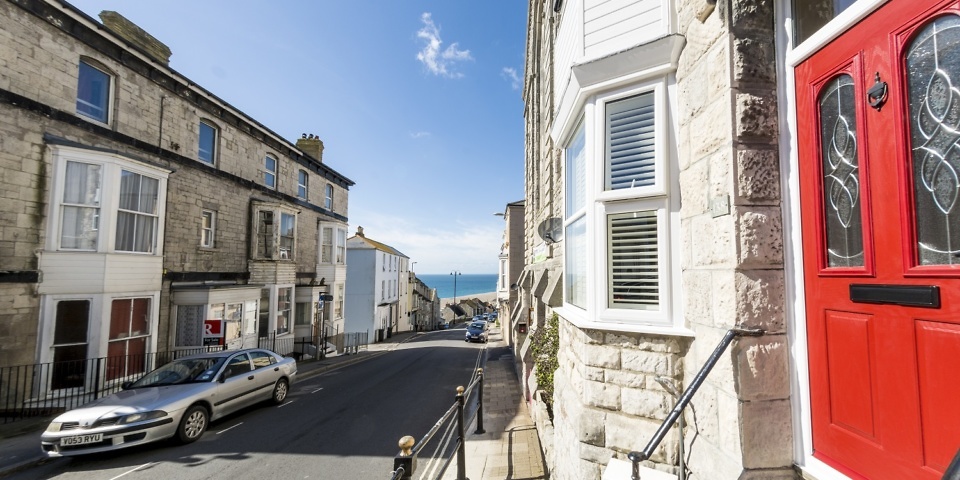
House prices in England are stagnating, which could be not so good news for property owners – but if you’re one of the 160,000 who bought utilizing a Assistance to Buy equity loan, you may be particularly hard hit.
Recent house price data from the Land Registry suggests English property values are beginning to grow at a slower rate, with the average price actually decreasing from February 2022 to February 2022. However the trends vary, with a few local authorities seeing bigger dips.
Which? explains the way the alternation in house price fortunes could affect owners who bought having a Help to Buy equity loan.
House price growth tapers off
Over the past five years, property owners in many areas of England have enjoyed significant growth in the value of their houses.
Since 2013, the average price for England has risen by 20% – and in some regions of London, including Waltham Forest and Hackney, owners have seen their homes almost double in value over the same period.
Not every area have been so lucky, though – 24 out of 303 local authorities saw price development of less than 10%. Hartlepool was hardest hit, with house prices dropping by a typical 19% during this period.
It’s a trend that looks to become spreading – in fact, the average house price for England in general fell from lb285,438 in February 2022 to lb282,775 in February 2022, representing a decrease of 1%.
While some areas recorded significant average house price increases – the Staffordshire Moorlands, for instance, saw an increase of 27%, although the small sample dimensions are prone to have had an impact here – in the last year, just over a third of local authorities saw the typical price decrease and 17 recorded no change.
Some areas – especially most of the inner London boroughs – saw decreases of more than 10%.
Help to purchase hotspots slow down
Some from the areas with the highest number of Assistance to Buy loans also experienced some of the highest price growth over the past 5 years – but many of these areas are now beginning to slow.
Wiltshire, where 2,489 Assistance to Buy loans happen to be approved, enjoyed a 30% surge in the last 5 years. But over the past year, prices in this region have eased off by 3%.
Leeds is yet another example, with 2,109 Help to Buy loans having been taken out. Following a 26% surge from 2013 to 2022, prices over the past year have edged back by 1%.
In the Aylesbury Vale, meanwhile, yesteryear five years brought a 27% boost – however this past year has witnessed prices drop by 9%. In total, 1,663 Help to Buy loans have been approved in this region.
You may use our table below to obtain the stats for the area.
How does this affect your Help to Buy loan?
Under the assistance to Buy scheme, a buyer can pay a 5% deposit, the government gives them a 20% equity loan (40% working in london), and they take out a home loan to cover the rest of the house price. The scheme is open to people buying a new-build property for under lb600,000.
For the very first five years, the equity loan is interest-free – and often, buyers also remove five-year fixed-rate mortgages offering low rates.
After the first 5 years, the homeowner starts paying interest on their Help to Buy loan as well as, many of the time, significantly more interest on their own mortgage after being transferred onto their lender’s standard variable rate.
Interest around the equity loan increases every year, which means you could end up adding hundreds to your bill over time.
For that reason, many homeowners opt to remortgage their home, pay off the equity loan and continue paying mortgage interest at the new rate. Actually, most banks need you to remove the equity loan to be able to remortgage.
But normally, this is only possible if your property is continuing to grow significantly in value, meaning slow price growth might be a obstacle.
How it really works in practice
Say you purchase a lb200,000 property having a 20% Help to Buy loan, putting in a lb10,000 deposit yourself. Within the newbie, you’d owe the bank lb150,000, and the government lb40,000.
By year five, you’re prone to have repaid a chunk of your mortgage through repayments – say lb30,000. So at this point, your debt the financial institution lb120,000.
The great news: your property’s value is continuing to grow by 20%, meaning it’s now worth lb240,000. The bad news is that you simply owe the government 20% of the current value – so your equity loan debt is continuing to grow to lb48,000.
By using the equity you’ve built up in your property, you can remortgage and repay the federal government loan entirely.
But what if your property’s value doesn’t grow? After five years, you’d still owe the bank lb120,000 and the government lb40,000 – but banks are unlikely to let you remortgage for the full property’s value, which makes it difficult to repay your loan.
Options for paying back a Help to Buy loan
If remortgaging is off the table, you may want to start paying interest around the loan instead. In the sixth year of your loan, you’ll pay annual interest at 1.75%. Each subsequent year, the rate rises by the Retail Prices Index plus 1%.
On a lb40,000 equity loan, for example, you could be paying as much as lb712 for the first year after the interest kicks in, and almost lb896 by year 10 (assuming RPI of 6%).
You’ll need to pay this annually in addition to your monthly mortgage payments.
Keep in your mind this is only the charges – the borrowed funds will remain at 20% until you pay it back.
As an alternate, you can sell your house, repay the mortgage and the Assistance to Buy loan, and buy a brand new home using the equity you’ve accrued. Make sure you element in any fees and costs you’re prone to incur, including solicitor fees – and, as you’re no more a first-time buyer, stamp duty.








